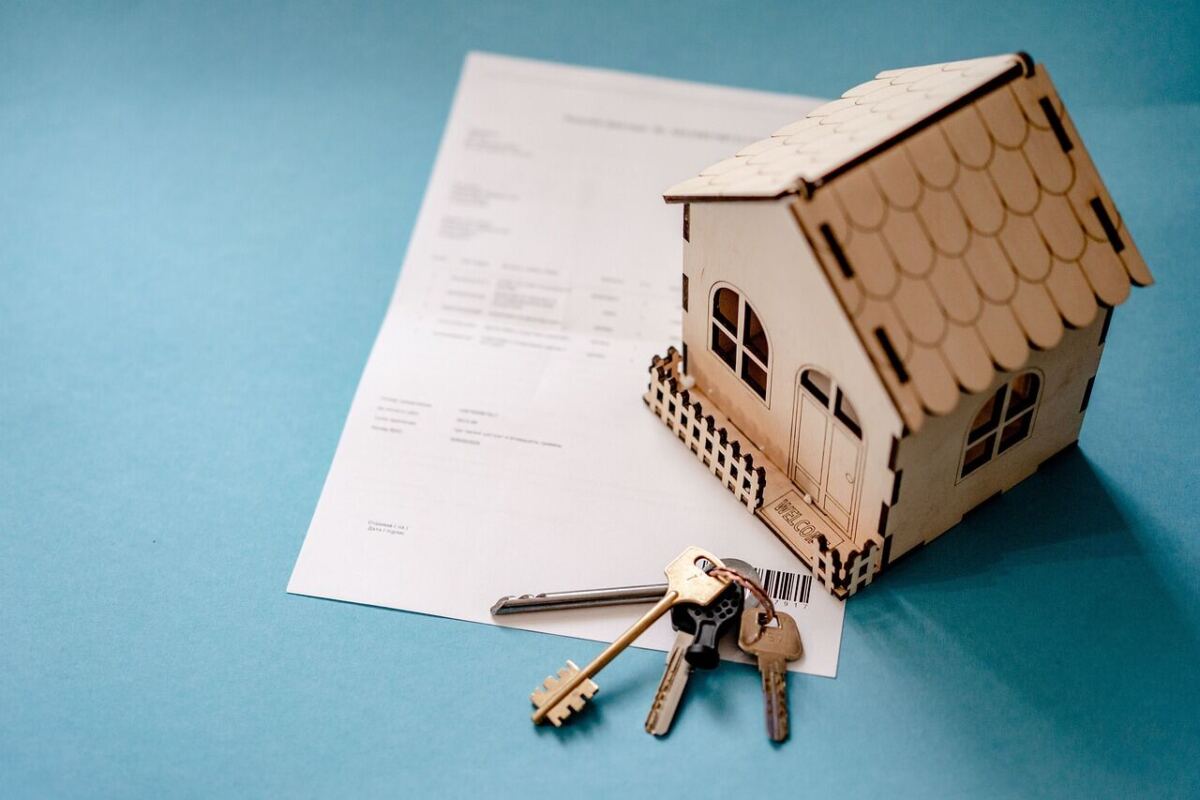Property damage clauses in contracts are crucial for establishing the responsibilities of parties when unforeseen damage occurs. Understanding these clauses ensures that individuals are prepared for potential financial liabilities and can navigate complex situations with confidence. Whether dealing with residential leases, commercial agreements, or construction contracts, knowing how these clauses function can protect interests and minimize disputes.
Different contracts may have varying stipulations regarding property damage, making it essential for all parties to read and comprehend the terms. Clarity in these clauses can affect how damages are assessed and who is liable in the event of an incident. It is advisable to consult legal professionals to interpret specific language and implications fully.
Understanding Property Damage Clauses
Types and Purposes of Property Damage Clauses
Property damage clauses can vary significantly between contracts. Common types include:
- Liability Clauses: Define which party is responsible for damage and the extent of that liability.
- Indemnification Clauses: Require one party to compensate the other for losses incurred due to property damage.
- Exclusion Clauses: Specify types of damage or property that are not covered by the agreement.
These clauses help mitigate financial risk and promote accountability. They are particularly important in agreements where property value is substantial. For instance, in construction contracts, property damage clauses protect against unexpected construction-related incidents. Understanding the type of clause involved ensures parties know their obligations.
Interpreting Policy Language
Interpreting property damage clauses requires careful attention to language and specific terms used. Legal jargon can obscure meaning, making it vital to assess definitions and context. Key considerations include:
- Definitions: Terms like “property damage” should be clearly defined to avoid ambiguity.
- Scope of Coverage: Clarifies what damages are included, such as direct or consequential damages.
- Limitations and Exclusions: Understanding what is not covered can prevent misunderstandings.
Consulting professionals, such as Austin insurance claim lawyers, can assist in clarifying complex language. They can provide valuable insight into how these clauses may apply in real-world scenarios and help parties navigate potential disputes.
Evaluating Your Contract Coverage
Extent of Coverage
The extent of coverage in a property damage clause outlines what types of damage are insured under the contract. This may include damages due to natural disasters, vandalism, or unforeseen accidents.
Contract holders should make sure to read the entire clause to understand which scenarios are explicitly covered. Coverage amounts can also vary significantly, so reviewing specific monetary limits linked to different types of damages is essential.
Limitations and Exclusions
Limitations and exclusions define the boundaries of coverage in a property damage clause. Common exclusions may include wear and tear, pre-existing conditions, or damage from specific events, like floods or earthquakes unless additional coverage is purchased.
Identifying these exclusions is critical for policyholders. A complete understanding can prevent surprises during claims processing. For instance, if an unexpected storm damages a structure but is excluded under the policy, it can lead to financial liability.
Individuals should also consider if the clause has any time limitations for filing claims, which can affect their ability to receive compensation. This aspect can often complicate claim processes, emphasizing the need for thorough contract evaluations.
Deductibles and Limits
Deductibles represent the initial amount policyholders must pay out of pocket before insurance coverage kicks in. Understanding the deductible amount can significantly impact the financial feasibility of claiming damages.
Limits refer to the maximum amount an insurer will pay for covered losses. Each type of damage may have different limits, which can affect how much policyholders can recover during a claim.
Notably, lower premiums may often result in higher deductibles or lower coverage limits. This trade-off requires careful consideration when selecting coverage, highlighting the importance of evaluating policy options without compromising adequate protection.
Procedure Following Property Damage
Filing a Claim
The first step in addressing property damage is filing a claim with the insurance provider. The affected party should gather all relevant information, including photographs, repair estimates, and any reports from authorities.
A claim form must be accurately completed and submitted within the specified timeframe outlined in the insurance policy.
Prompt communication with the insurer is necessary to avoid delays. The claimant may also need to provide a sworn statement regarding the incident and its context.
Claim Investigation Process
Once the claim is filed, the insurer initiates an investigation to assess the validity of the claim. A claims adjuster often contacts the claimant to gather additional information and may inspect the property directly.
This investigation can involve reviewing documents, interviewing witnesses, and consulting experts to determine the extent of the damage.
The insurer will evaluate whether the claim falls within the policy coverage and how much compensation is warranted. This process can take time, so maintaining communication with the insurer about the status is essential.
Dispute Resolution and Litigation
If there are disagreements regarding the claim, dispute-resolution mechanisms may come into play. Many policies include arbitration or mediation processes that allow parties to resolve issues without litigation.
In cases where these methods fail, litigation could become necessary. Initiating a lawsuit should be approached with caution and often involves consulting legal experts to assess the strength of the case.
During litigation, both parties present evidence, and the court decides on the outcome. Legal representation is highly recommended to navigate complex legalities involved in property damage claims.
Legal Insights and Assistance
When to Consult a Lawyer
Consulting a lawyer is vital in various situations. Individuals should seek legal advice if they encounter disputes regarding property damage. This includes when a claim is denied, or a settlement is insufficient.
Special circumstances also warrant legal consultation. For example, if an individual is unsure about the terms of a property damage clause or if there is an ambiguity in language, a legal expert can provide clarity.
Role of Austin Insurance Claim Lawyers
Austin insurance claim lawyers specialize in property damage claims. They guide clients through the claims process, ensuring all documentation is accurate and complete.
These lawyers assist clients in negotiating with insurance companies. They advocate for fair settlements and can challenge low offers by leveraging their legal expertise.
In cases where claims are disputed, Austin lawyers can represent clients in court. Their knowledge of Texas insurance laws allows them to effectively argue on behalf of their clients.
Additionally, they provide valuable insights into what constitutes reasonable expenses for repairs, helping clients prepare their claims with appropriate documentation. This service is crucial for maximizing compensation and streamlining the claims experience.








